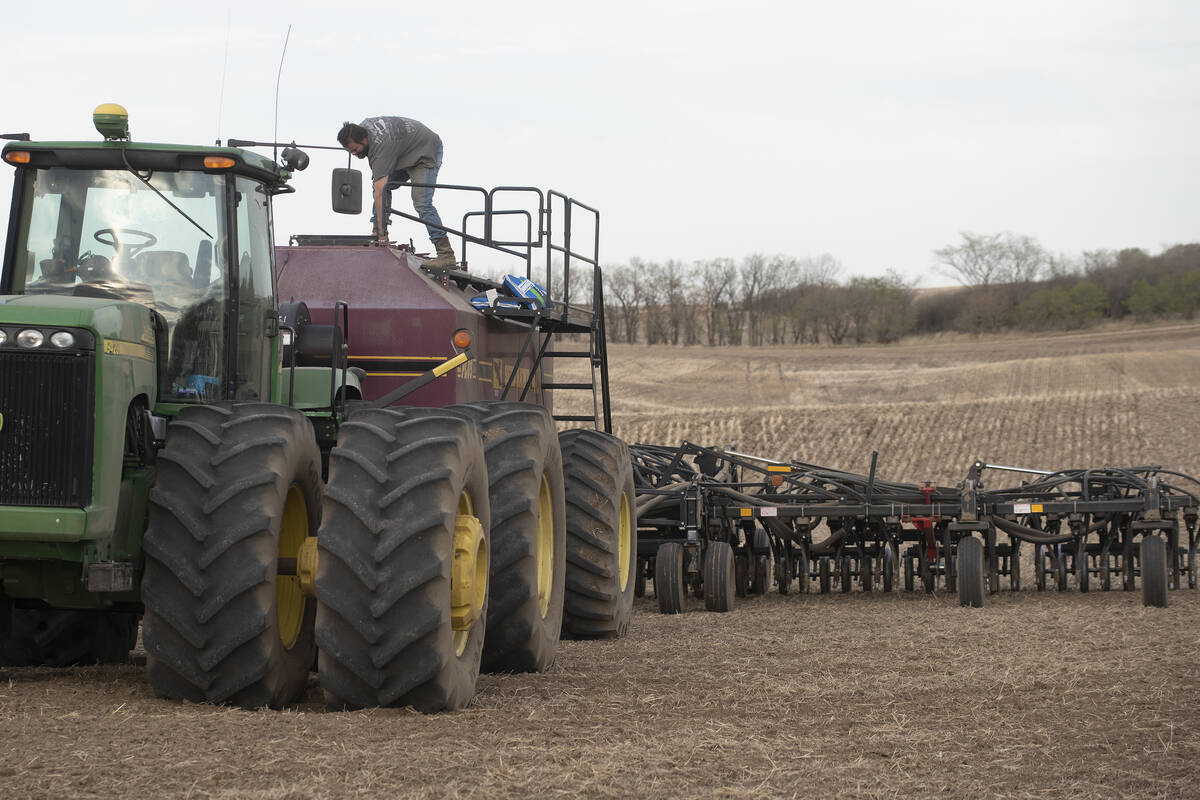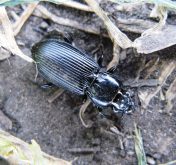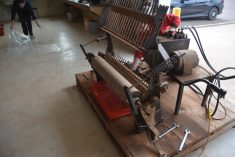After years of decline, the industry is seeing infections, not only increase but become more difficult to detect
Russell Groves has noticed a troubling trend for potato seed growers in his home state of Wisconsin in recent years.
The University of Wisconsin entomologist specializes in insect-transmitted vegetable plant diseases, and he says after a period of decline, potato virus Y (PVY) infections have begun to increase for seed potato growers.
“From about the year 2000, there was this perceptible drop in PVY in seed lots,” Groves told the 2013 Manitoba Potato Production Days meeting in Brandon. “But recently — starting in about the 2007 season — it’s been climbing sharply again.”
Read Also

Nutrien pays farmers for efficient nitrogen
Nutrien’s Sustainable Nitrogen Outcomes (SNO) program pays Prairie farmers to limit nitrogen loss and, therefore, fertilizer-related greenhouse gas emissions.
Groves sees two main reasons for this trend.
First there was an increase in the acreage of asymptomatic varieties like Shepody, which could bear the infection but didn’t show signs of it. That meant it was very difficult to weed out infected seed lots, which over time had a cumulative effect on overall PVY loads.
“That made seed certification a tremendous challenge, because you simply didn’t see the symptoms as well,” Groves said.
At the same time another — and perhaps even more challenging — reality asserted itself. New strains of the disease not affected in the same way by genetic resistance in the potato varieties, have begun moving in.
“We’re definitely starting to see a transition in strains,” Groves said. “Strains without recombination are replacing recombinant strains — the ‘ordinary’ strains.”
Tongue firmly lodged in cheek, Groves assured local growers this would never happen in Manitoba. “I’m sure the virus views that border as hard and fast and there are none up here.”
What’s all this mean down in the farm fields? More infections, less symptoms on inspection, but more symptoms — such as net necrosis — on final use such as processing.
Groves says the root of the problem is likely due to changing insect behaviour. PVY is transmitted by aphids and a couple of behaviour changes have become apparent.
“Climate change is affecting this, no question,” he said. “It’s changing when aphids are flying and so on. We’ve seen some novel vectors too — for example we’ve seen soybean aphids fly, en masse, in mid-season, into potatoes.
It’s highlighted the need for a better understanding of how the disease is transmitted, Groves said, something his research work has been examining closely. One thing that is clear is that a clearer and earlier warning system of aphid flights is needed if chemical control methods are going to work. That’s because so far all the existing monitoring systems have too much lag time in them — five to seven days — to be useful for a grower, who requires real-time information to make control decisions.
“If you get a nice map a few days later, that’s just telling you you’ve gotten your head knocked off,” Groves said.
However, Groves also says preliminary work indicates that while there can be some variability when the flights start in the growing season, there’s a clear-cut pattern of how and when they fly emerging.
“Every year there’s a bit of variability, especially by week, but this tells me they fly in a very predictable way,” he said.















